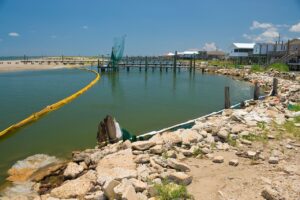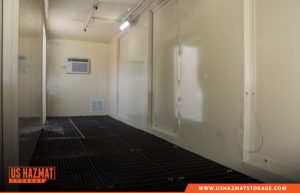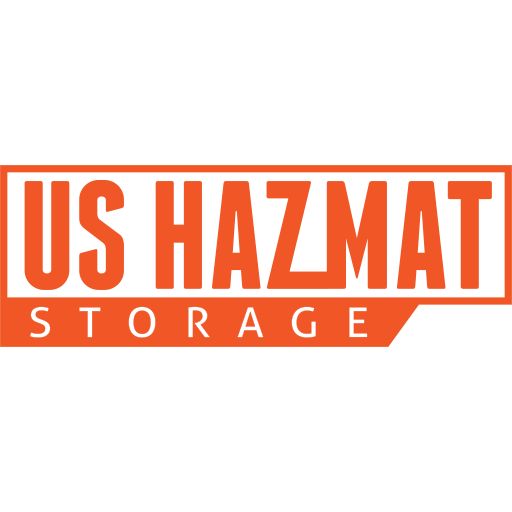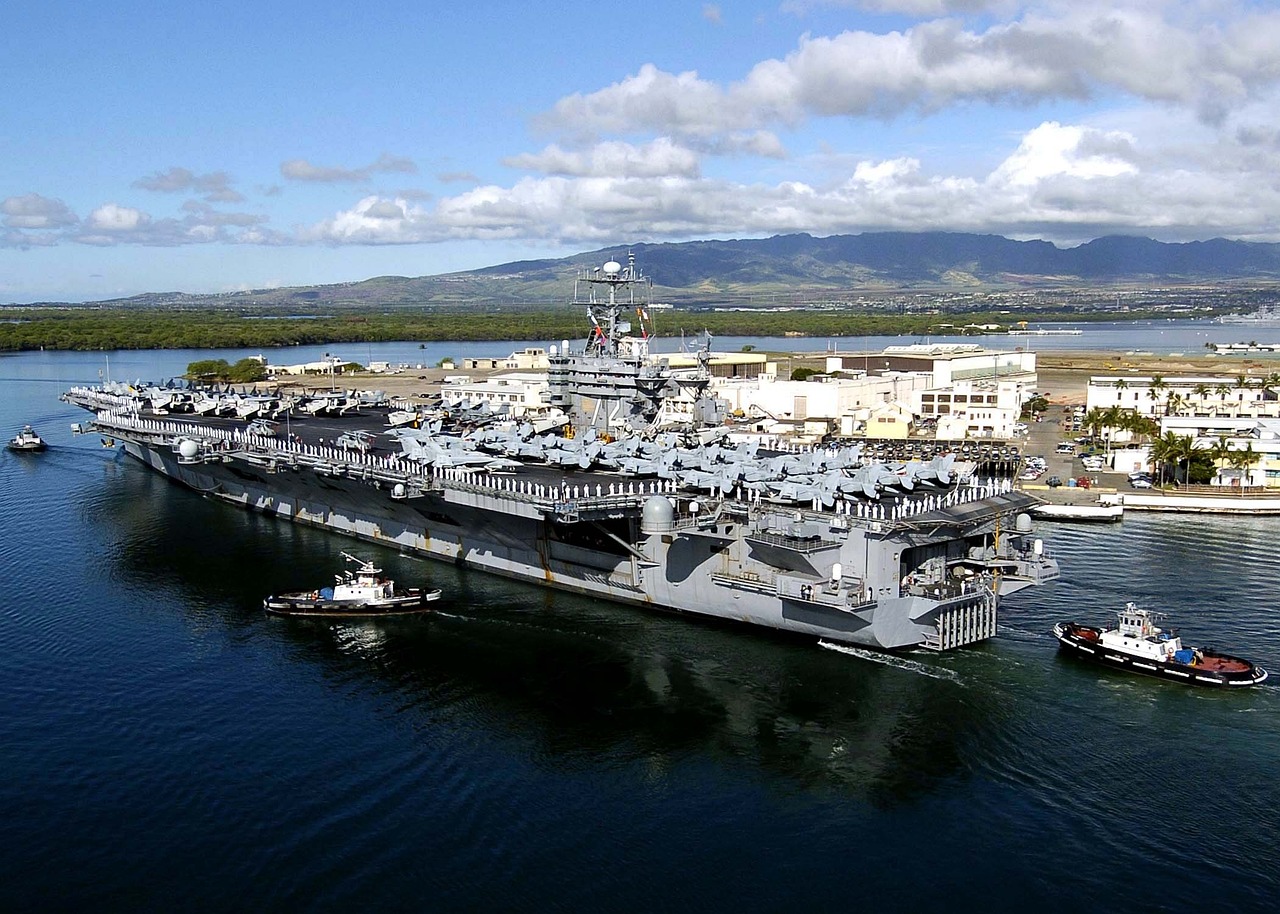Pearl Harbor will forever carry the odious burden of being known as the site of the most devastating attack by a foreign nation on American soil. On Dec. 7, 1941, hundreds of warplanes from empirical Japan unleashed a surprise attack on the unsuspecting Army and Naval installations on the Pacific bastion, catapulting America into the Second World War. Today, the effervescent blue waters obfuscate the carnage resting below the laconic lagoon, a vestige of modern revanchism and totalitarian ambitions. Although the island’s serenity is betrayed only by its tarnished past, the remnants of that infamous day can still be observed, albeit only through the lens of hindsight. Environmental protection laws have come a long way since the 1940s, but the residual impact of previous disasters is still felt.
When War Mixes With Nature Like Oil and Water

Since its ignominious sinking on that fateful day, the flagship USS Arizona has slowly leaked a half gallon of oil a day from its sunken hull on the bottom of the ocean floor. Although raising the twisted vessel isn’t feasible, the cause for concern is high with federal environmental agencies. A national report found the type of oil leaking from the battleship is toxic and could devastate marine life. While the risk for long-term effects remains high, there’s little the EPA can do to eradicate the system. (It’s not like they could fine Japan, who might have a thing or two to say about the bombings of Hiroshima and Nagasaki). Pearl Harbor is once again under attack, but it’s not the Japanese dropping terror from above.
Is Pearl Harbor Facing Another Day of Infamy?

Today, Pearl Harbor is facing another environmental catastrophe. The U.S. military said it recently finished draining millions of gallons of jet fuel from an underground WWII-era tank complex in Hawaii. The draining was done following outrage from a fuel leak that poisoned 6,000 people in 2021. To alleviate the chance for residual leaks, the military completed months of repairs to the aging network of pipes at the facility. This repair was done to prevent additional leaks at it drained the 104 million gallons of fuel from the tanks. Adding to the urgency to drain the tanks was a 2021 spill that sparked outrage along with the fact the tanks set above an aquifer that supplies water to 400,000 people in Honolulu. Although information concerning the long-term ecological impact of the leak isn’t immediately available, it’s suffice to say that the effects of ecological warfare will forever malign Pearl Harbor.
EPA Civil Penalties for Pollution Continue to Rise

Last year alone, the EPA issued over $704 million in penalties to thousands of countries nationwide for violating environmental protection laws. Although current data on what percentage of those incidents originated from petroleum leaks remains unknown, we can infer from the lack of exculpatory evidence of previous ecological clean-ups that negligent pollution is high on the EPA’s most wanted list. The EPA is tasked with protecting our ecosystems, so pollution and negligent chemical storage practices will always be a catalyst for the never-ending wave of federal legislation oozing from Washington.
Innovate Spill Sump Containment Prevents Petroleum Leaks, Fines

Although legislation and hefty civil penalties seek to curb wanton degradation of the environment persists, renegade outliers remain the stark reality. Ignorance is never an excuse for violating environmental laws and common sense. Most of the listed infractions were always preventable -the guilty parties simply didn’t care. Those who did appreciate conservation efforts became inundated with the hassle of running a business, failing to allocate a stopgap. Exacerbating the environmental dilemma is that turnkey affordable protection was always a phone call away. U.S. Hazmat Storage outfits every chemical storage locker with an innovative spill sump containment system. In the event of a leak within the locker, the toxic chemical will simply pass through the steel-grated flooring into the sump below. The chemical will remain there until safe extraction. Contact us today to alleviate your chemical storage woes, ensuring perennial protection.


